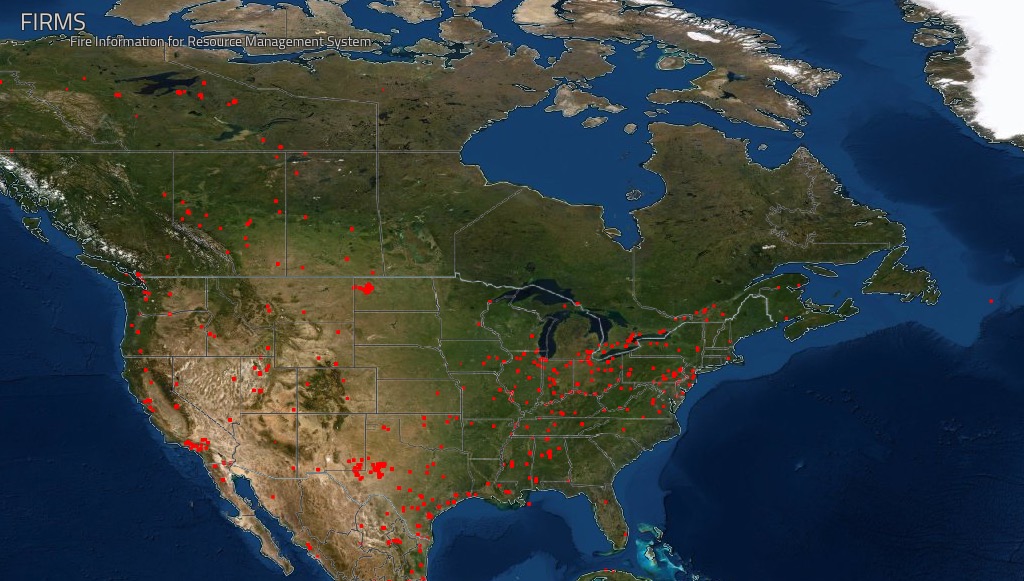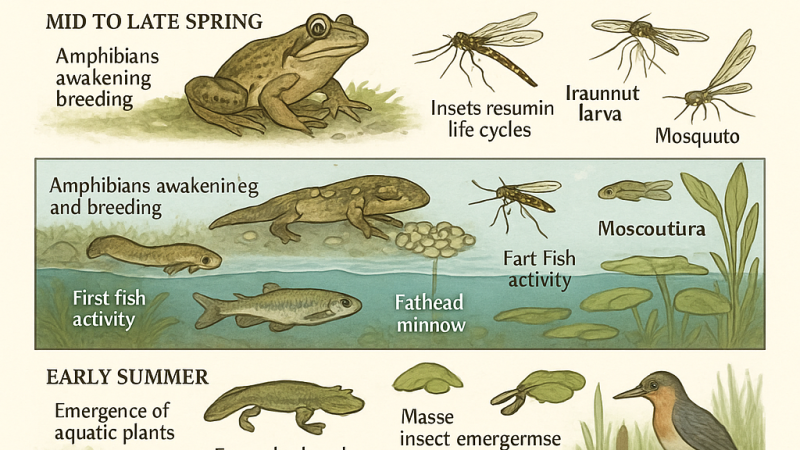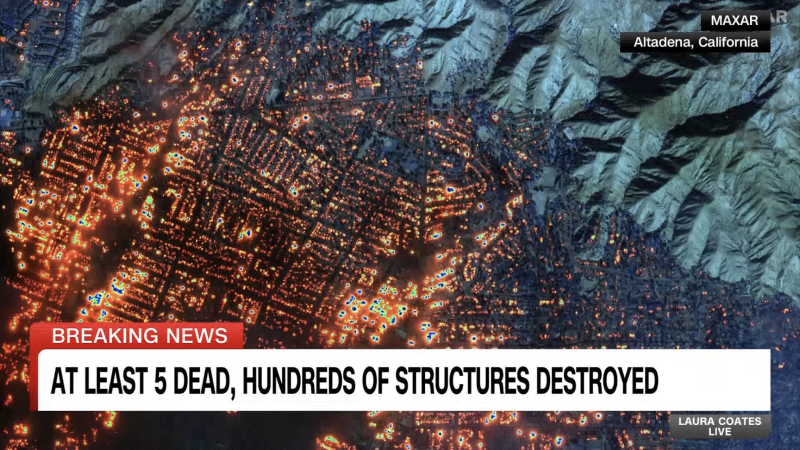Planet Burning: The Mother of All Inflection Points Has Arrived
Among my daily media dishes is the visit to FIRMS, which is NASA’s space-based observatory that tracks wildfires burning in real time. While wildfires are a natural event in a healthy ecosystem, the sheer abundance of them in the current climate is all the evidence sentient beings need to see that the climate crisis has passed a tipping point.
In case you are unaware or are of the ‘denial’ mentality, “Wildfires in Northwest America have been increasing over recent decades. Both the extent and duration of the wildfire season have expanded, and are linked to changing climate through drought severity and fuel dryness. Models predict that future climate change will further increase the probability of wildfire in this region by creating more frequent hot and dry conditions”, according to a study by the National Center for Atmospheric Research, Boulder in Boulder, Colorado.
Here is today’s sobering image of North American wildfires in progress:

Now in that summer is in full swing in the northern hemisphere, one might be forgiven for thinking this is normal.
It is not.
Here is a list of articles and research papers published by the scientific journal Nature,which clearly outlines the extraordinary (relative to pre-industrial human activity) the extent to which the proliferation of wildfires everywhere around the globe is having devastating impacts on the global ecology.
Among the most concerning intelligence on wildfires and their impact to emerge:
- According to a Nature Research Highlight, The smoke from wildfires that ravaged North America in mid-2017 blotted out as much sunlight as a moderate volcanic eruption.
- The austral summer of 2019–2020 was one of the most severe wildfire seasons in Australian history. Millions of hectares of vegetation were burned, having ecological, environmental and socioeconomical impacts It is estimated that nearly 3 billion animals may have died or been displaced. According to a study by van der Velde et al. published in this issue of Nature, approximately 715 million tonnes of CO2 were released into the atmosphere during the fire period, exceeding Australia’s 2018 anthropogenic CO2 emissions of 537.4 million tonnes.
The phenomenon of increasing frequency, duration, size and intensity of wildfires is probably the most visible symptom of Earth’s accelerating atmospheric toxification.
While the convergence point on the timeline where the ability of humans to halt or reverse atmospheric deterioration absent a major population decimation event (inagine COVID-19 with an R value of 5 and fatality rate of 50%) has certainly been passed, it is the next convergences that are likely to increase the odds of a sudden population event.
Consider the billions of tonnes of methane still mostly contained under the rapidly melting permafrost and oceanic floors. If that inventory were to be released suddenly, and released into the atmosphere, and drifted across a coastal wildfire, the very air would become inflamed above a 5% concentration of methane.
While this scenario is scientifically unlikely, its potentiality moves in the wrong direction without a change in the rate of acceleration toward skyrocketing methane content in the atmosphere.
Just another reason to stop travelling via combustion engine, and figure how to adapt to the Real Economic Model.



